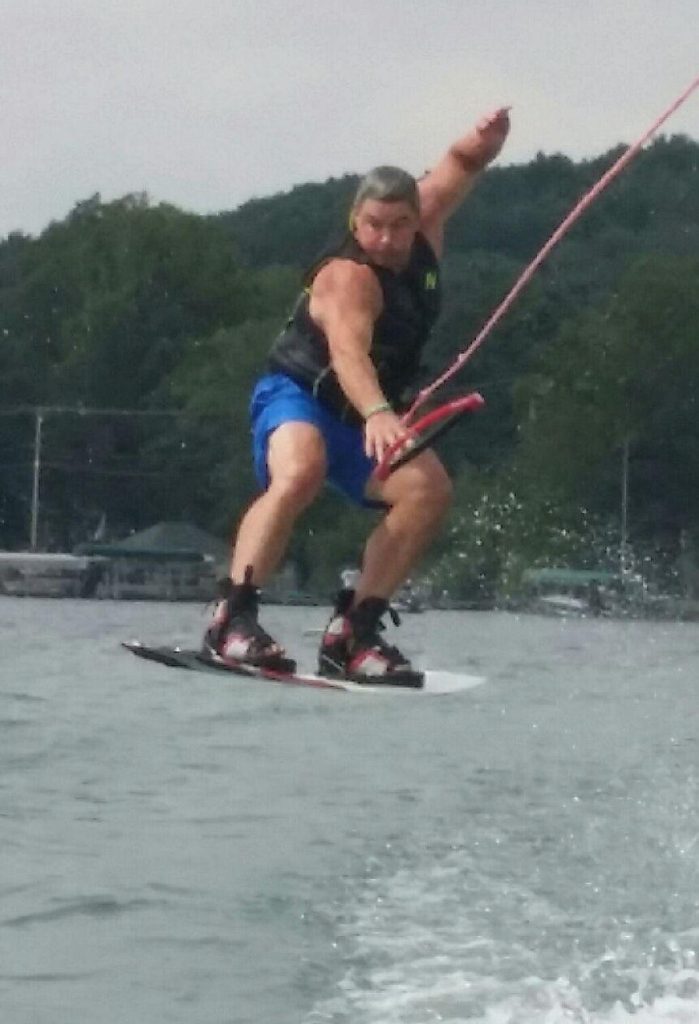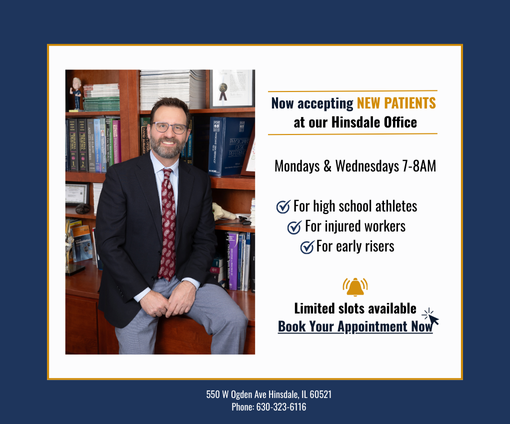
Two knee surgeries and a replacement don’t slow down Quirk
Steve Quirk admits he hasn’t always been a model patient. Like the time he was running within days of his first knee surgery because he had less than one month to prepare for the New York Marathon. Just so happened he ran past the home of Dr. Steven Chudik who had performed Quirk’s knee surgery and who by chance was looking out his home office window at the exact moment Quirk passed by.
According to Dr. Chudik, he quickly jumped on his bike to catch Quirk so he could remind him about the importance of following his rehabilitation program and the activity restrictions they previously discussed. “The survival of Steve’s knee depended on it,” Dr. Chudik cautioned.
Quirk attributes his second same knee surgery to his continued participation in sports that stressed his knee—like running, waterskiing, basketball and Ultimate Frisbee—even through Dr. Chudik advised him to switch to other activities such as bike riding and low- to no-impact exercises, and occasionally a sports activity as tolerated. Therefore, it came as no surprise to Quirk that when he saw Dr. Chudik for his swollen and painful knee a third time, that he was told he needed his knee replaced. “Dr. Chudik basically told me that I exceeded the limits of what an arthroscopic surgical repair could do,” Quirk lamented. “The only thing left for me was a new knee if I wanted to be able to do even every day activities without pain and swelling. So, I agreed,” Quirk added.
Dr. Chudik tailors each patient’s care to fit their mobility needs and activity goals because no two patient’s injuries and rehabilitation are the same. “Steve is a former collegiate rugby player who enjoys working out, being active, participating in sports and the associated comradery. Unfortunately, his toughness and exceptional tolerance to pain that made him such a great athlete allowed him to go beyond what his knee joint could withstand,” said Dr. Chudik. “At this point, the best option was to replace all of the worn articulating (contacting) surfaces of his knee with a total knee arthroplasty.”
According to Quirk, he returned to work and driving himself to physical therapy ten days after surgery. “I went to physical therapy three times per week,” Quirk said. “Surgery takes a lot out of you, so you have to build back your strength and endurance,” he added. “One unexpected surprise was that I lost a ton of weight in the process. That also helped in my recovery.”
For Quirk, full recovery couldn’t come fast enough. “It was six months before I forgot about my knee replacement,” he explained. “I now look back and wonder why I waited to have it replaced.”
As for his adherence to his post-operative instructions from Dr. Chudik? “I did water ski about six months after my replacement surgery just to make sure I could still do it and I only play Ultimate a couple times per month now,” Quirk explained. “I’ve started biking as Dr. Chudik suggested and I still run occasionally—but never on concrete! I am so thankful to have had Dr. Chudik as my orthopaedic surgeon because he really did work with me so I could return to my activities,” he added.









